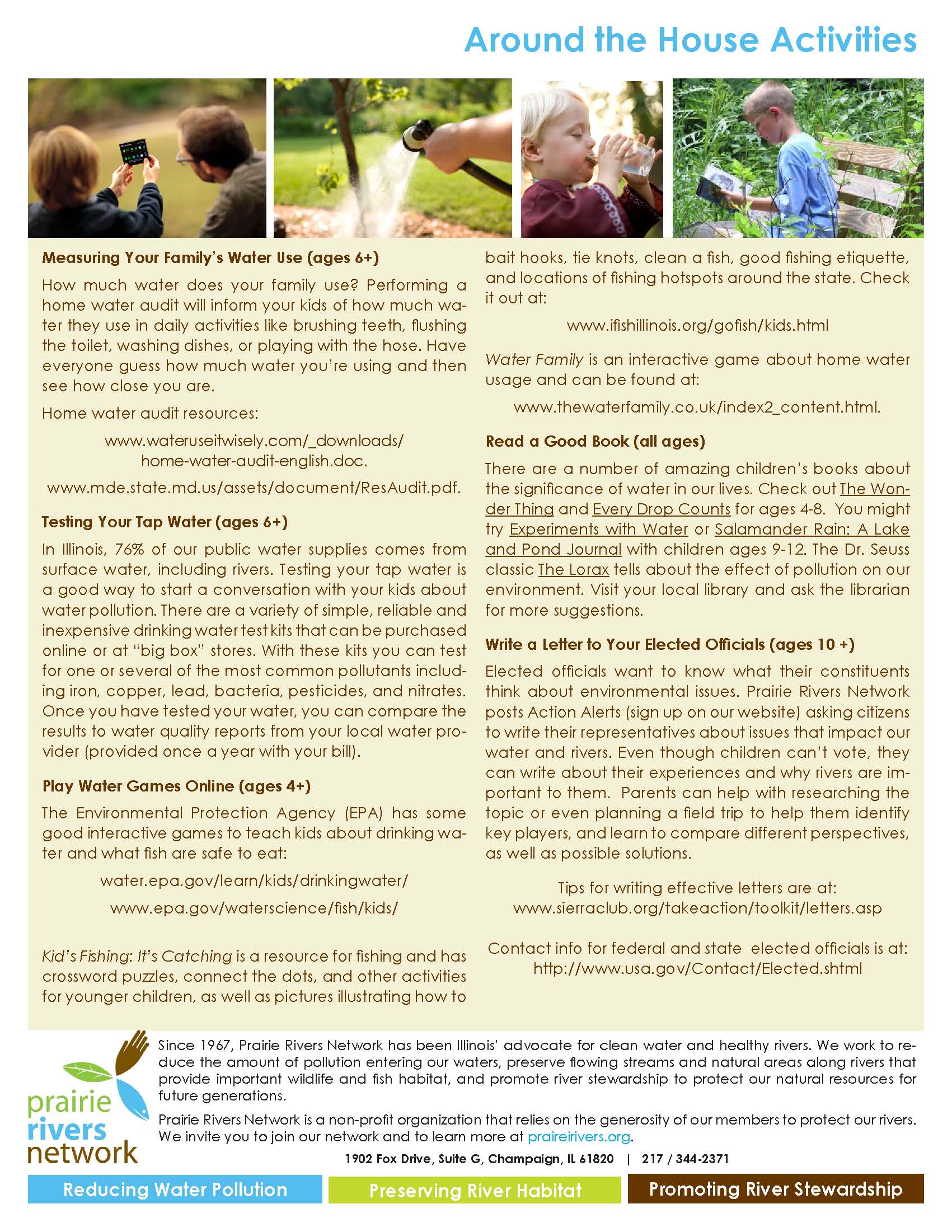Where do you want to go?
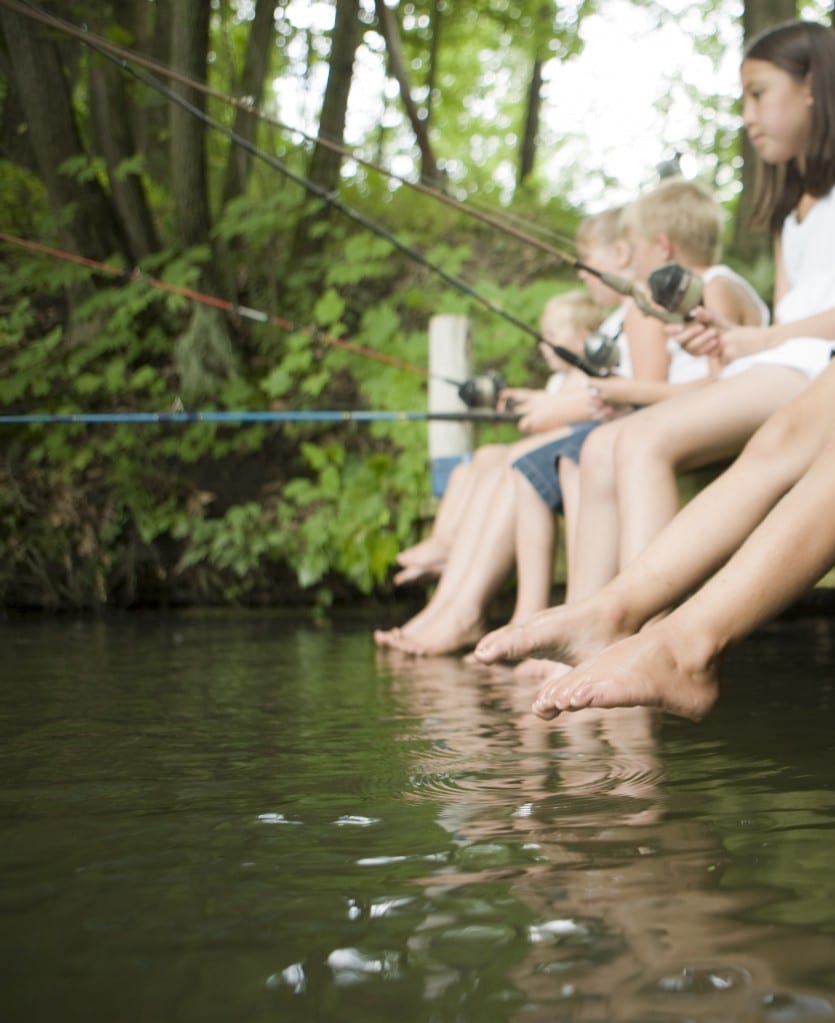
To help you enjoy our rivers and streams, we have provided the following links and information, in the hope that you will explore these opportunities. Be safe, and have fun! And if you have more ideas for us to incorporate into this page, please contact info@prairierivers.org
Upcoming River Event
Many organizations hold river-related events on our rivers and streams. Check our Events Calendar for more information.
10 Ways to Connect With Water
Click Here for a PDF Version of 10 Ways to Connect With Water
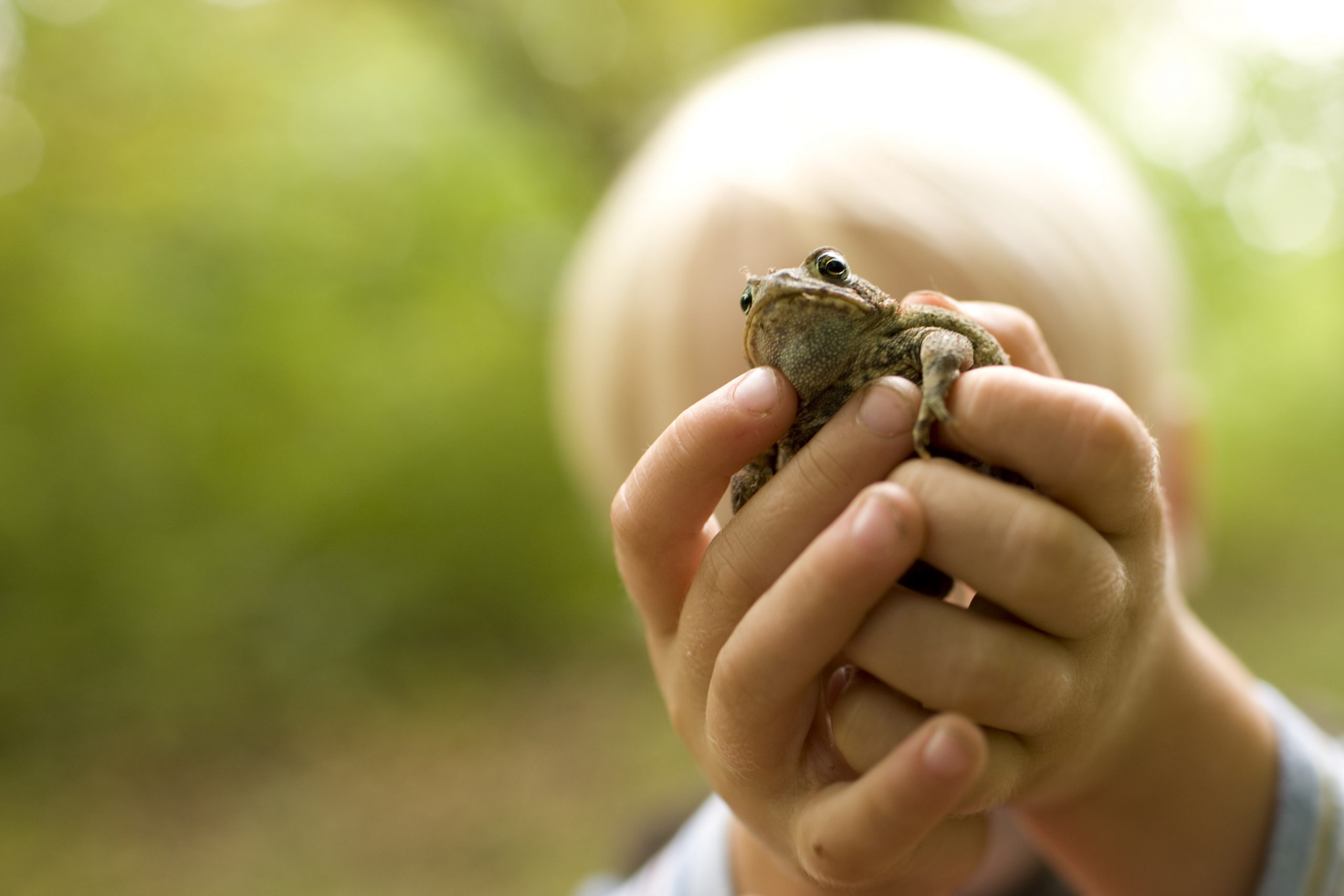
1. Provide a Backyard Wildlife Habitat (ages 8+)Creating wildlife habitat in your backyard is an easy and fun way to experience nature every day no matter the weather. Carefully placed shelters provide protection and a place for wildlife to raise young. Plants and water features provide food and can also attract beneficial insects and birds. Attracting new wildlife into your backyard can be as simple as setting up a bird feeder or planting flowers or shrubs for butterflies, bees and animals. Creating a variety of habitats will attract even more wildlife into your backyard.
Find more info for building your wildlife habitat.
Additional Information:
What’s Cool about Creating Wildlife Habitat?
- Planning gardens and other wildlife habitat in your backyard as you learn what plants attract insects, birds and animals living around you
- Visiting local landscaping/garden centers for ideas and to see the variety of items that you can use for creating your backyard habitat
- Getting dirty! It’s fun to plant flowers, paint birdhouses, and build homes for frogs
- Getting an up-close view of the critters in your yard and observing their behavior
YOU’LL NEED:
- Gardening tools and appropriate plants and other materials for the particular habitat you are creating. Possibilities include: flowers, bushes, feeders, compost, and natural stone.
You can purchase plants, feeders, stone, pond liners and other materials and tools for your wildlife habitat at your local landscape and garden centers.
2. Paddling the Rivers of Illinois (ages 4+)
Did you know that Illinois has over 120,000 miles of rivers? Paddling is a fun team-building activity for families and an interesting way to learn about your local rivers. If you don’t have a canoe or kayak, you may have a local outfitter that rents them. Contact your local parks and Forest Preserve Districts, as they may offer paddling classes. Practice your strokes and get comfortable in the boat on a pond, lake or slow river before getting out on larger, faster rivers.
Additional Information:
Once you’re ready to paddle you’ll want to check out the national scenic Middle Fork River, beautiful Fox River, diverse Sangamon River or any of Illinois’ other unique rivers.
The Illinois Paddling Council’s website has lots of information on all aspects of paddling in Illinois.
Mike Svob’s Paddling Illinois (Published by Trail Books in 2000) is an excellent resource, with maps showing put in and take out sites, obstacles to avoid.
Openlands’s Water Trails project and website provides details maps for paddling trails in northeastern Illinois.
What’s Happenin’ about Paddlin’?
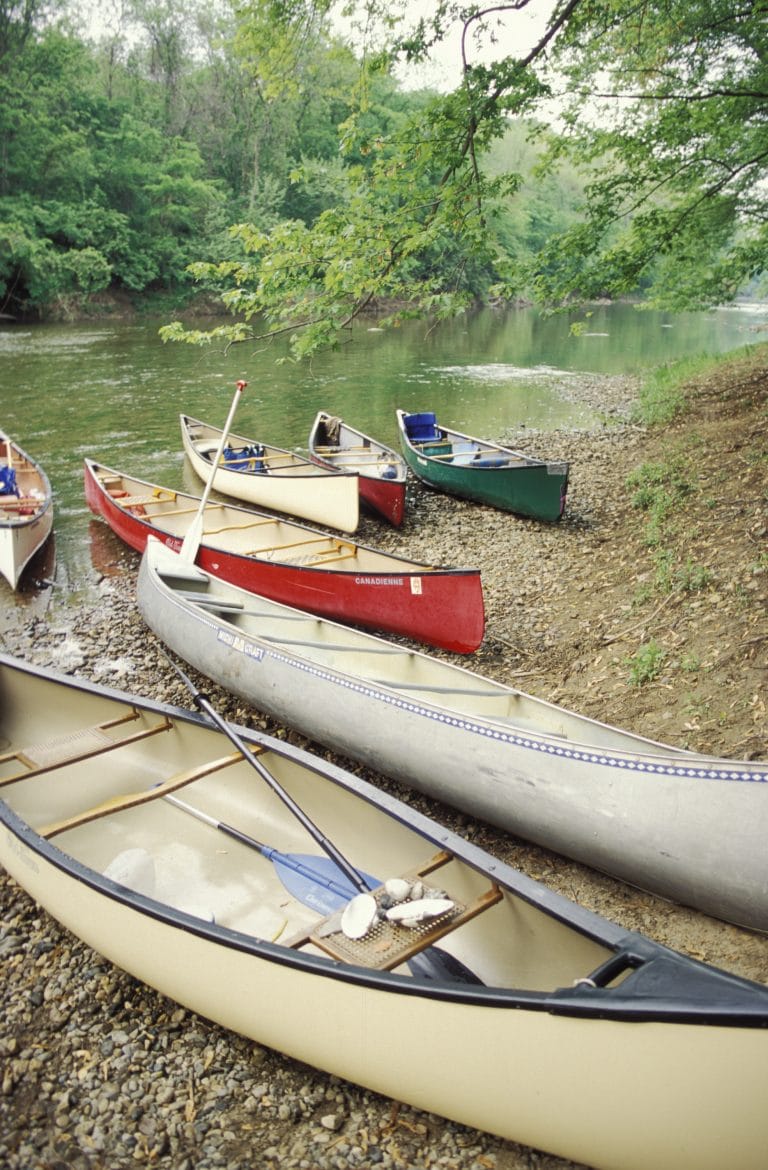
- Planning a paddling trip on one of Illinois’ rivers using maps and other resources
- Seeing the abundance and variety of life on Illinois’ rivers
- Exploring “new terrain” from a different perspective – literally!
- Learning how to be safe while on the water. For information on paddling and safety classes, visit the American Canoe Association’s website.
- Enjoying the peace and quiet of being on a river.
YOU’LL NEED:
- Canoe and/or kayak, paddles, life vests, binoculars and camera, hat, sunscreen, water and food. Don’t forget to put all your personal items, including extra clothing and a towel, into a waterproof bag!
3. Trout Fishing (ages 4+)
Visit one of the 163 lakes in Illinois where you can fish for rainbow trout. Trout season opens the first Saturday in April. The Illinois Department of Natural Resources (IDNR) has a wealth of information on fishing in Illinois, including licensing requirements; licenses are required for individuals age 16 and older.
The IDNR’s site also has a long list of great locations for family fishing.
Additional Information:
What’s Fun about Fishing?
- Fishing for introduced and native fishes in their habitats
- Learning how to be safe near lakes and rivers
- Observing the variety of plants and animals that live in and near lakes and rivers
- Safely setting up, baiting and using your fishing gear
- Learning how to do catch and release fishing
- Cleaning and cooking your catch – Delicious!
YOU’LL NEED:
- Bait, tackle (fishing rod and reel, sinkers, swivel snaps, and hooks), current IL fishing license, life vests, food and drinks.
One half a night crawler and a split shot sinker 18” above your bait should do the trick!
4. Geocaching (ages 4+)
Get out of the house for some exercise and high-tech adventure! Geocaching is a recreational activity in which someone buries or hides something for others to try to find using a Global Positioning System (GPS) receiver. Geocaches typically are inexpensive trinkets or objects packed with a logbook into a small waterproof container. Being on the hunt for a geocache is a great way to get out in nature and discover local rivers and streams. To find geocaches in your area, search your zip code here.
You’ll need a handheld GPS unit and anywhere from 30 minutes to 3 hours per cache. GPS units can be rented for $6.00 per day.
State and local parks may have restrictions on geocaching, so be sure to check with them before placing a cache.
Additional Information: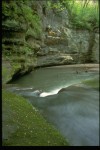
What’s Great about Geocaching?
- Exploring a variety of landscapes (many of them new) on foot
- Learning and/or improving skills on how to use a compass and GPS coordinates to locate caches
- Planning an outdoor adventure and describing how cool it was to others on the geocaching website
YOU’LL NEED:
- Handheld GPS unit, web access, transportation, and map of area. Also remember to dress for the weather and bring plenty of water and snacks.
5. Create a Rain Garden (ages 6+)
Rain gardens capture rainfall from roofs and driveways and allow it to soak into the ground. Otherwise, the water picks up trash, dirt and other pollution on its way to storm drains that lead directly to rivers and lakes. It is easy to create a beautiful rain garden in your yard. For instructions on how, click here.
Additional Information:
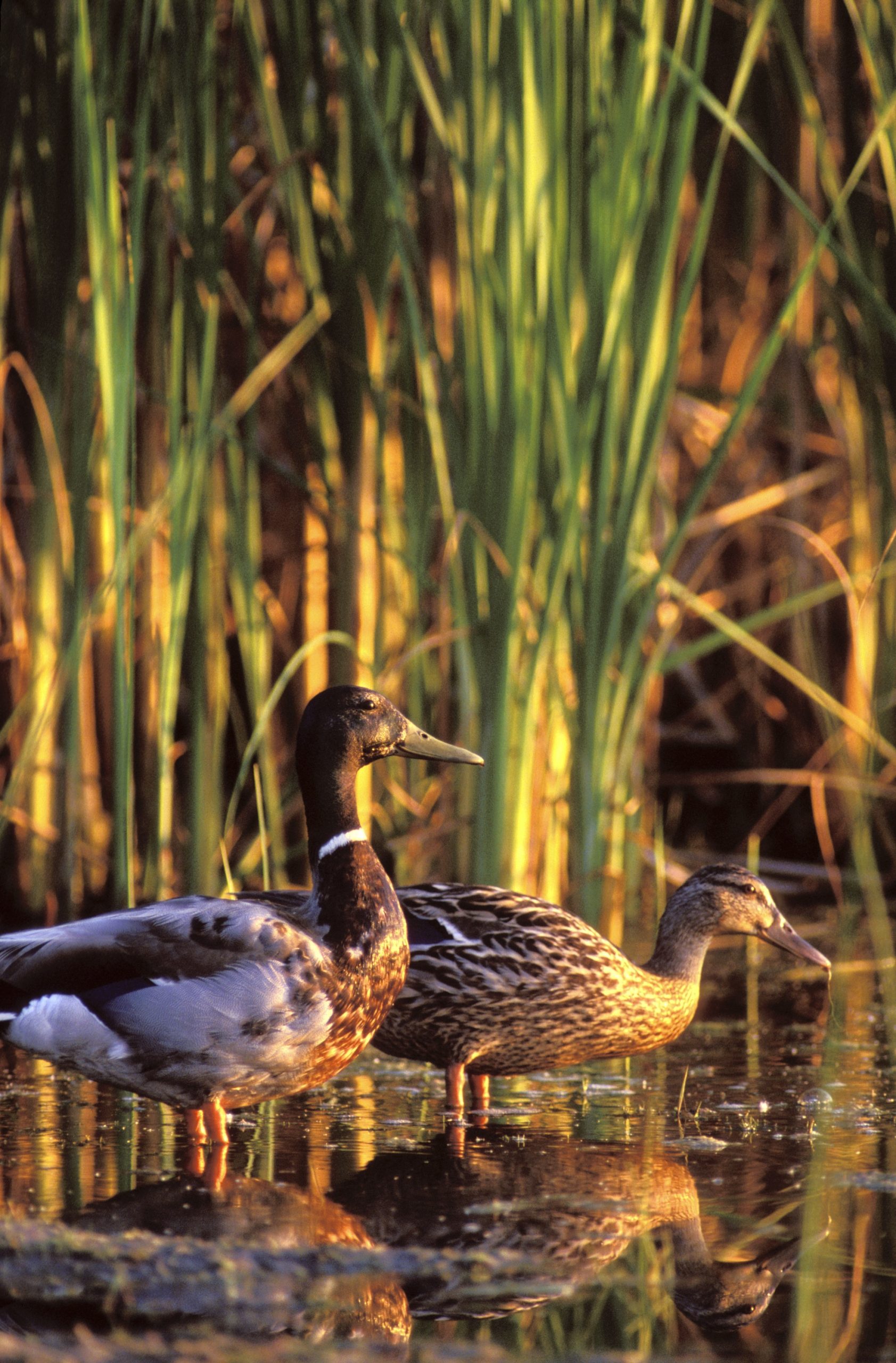
What Rocks about Rain Gardens?
Rain gardens…
- put water to work in a very attractive landscape feature
- provide habitat for plants and wildlife such as hummingbirds and butterflies
- recharge groundwater
- remove pollutants from storm water
YOU’LL NEED:
- A plan, a shovel, native species, decorative rocks or paving stones.
6. Measuring Your Family’s Water Use (ages 6+)How much water does your family use? Performing a home water audit will inform your kids of how much water they use in daily activities like brushing teeth, flushing the toilet, washing dishes, or playing with the hose. Have everyone guess how much water you’re using and then see how close you are.
Home water audit resources:
www.wateruseitwisely.com/_downloads/home-water-audit-english.doc
www.mde.state.md.us/assets/document/ResAudit.pdf
Additional Information:
What’s Marvelous about Measuring Water Use?
- Learning to measure how much water your family uses at home
- Seeing how close your estimate is to the actual amount of water your family uses
- Creating a list of ways to use less water at home, both indoors and outside
YOU’LL NEED:
- A copy of a water use checklist or other water measuring survey or audit tool, various household items
7. Testing Your Tap Water (ages 6+)
In Illinois, 76% of our public water supplies comes from surface water, including rivers. Testing your tap water is a good way to start a conversation with your kids about water pollution. There are a variety of simple, reliable and inexpensive drinking water test kits that can be purchased online or at “big box” stores. With these kits you can test for one or several of the most common pollutants including iron, copper, lead, bacteria, pesticides, and nitrates. Once you have tested your water, you can compare the results to water quality reports from your local water provider (provided once a year with your bill).
Additional Information:
Find your local water quality reports from Illinois American Water.
What’s Telling about Testing ?
- Learning to read results of a water test
- Learning what is and is not in your water
- Figure out what kind of water filter you need, if any
- Creating a list of actions you can take to protect your local waters so that everyone can have clean drinking water
YOU’LL NEED:
- Water testing kit and a copy of “Water on Tap” .
8. Play Water Games Online (ages 4+)
The Environmental Protection Agency (EPA) has some good interactive games to teach kids about drinking water and what fish are safe to eat.
Kid’s Fishing: It’s Catching is a resource for fishing and has crossword puzzles, connect the dots, and other activities for younger children, as well as pictures illustrating how to bait hooks, tie knots, clean a fish, good fishing etiquette, and locations of fishing hotspots around the state.
Water Family is an interactive game about home water usage.
Additional Information:
What’s Great about Water Games?
- Parents and children will play a fun game to learn to identify fish that are safe and unsafe for consumption
- Parents and children will download and review a copy of Kid’s Fishing for information about fishing etiquette, how-to’s, and other activities for children to prep for fishing trip
- Parents and children will play an interactive game to test their knowledge of water conservation at home
YOU’LL NEED:
- Computer with internet access and printer, crayons, pens & pencils
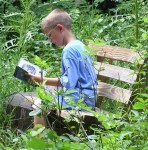
9. Read a Good Book (all ages)
There are a number of amazing children’s books about the significance of water in our lives. Check out The Wonder Thing and Every Drop Counts for ages 4-8. You might try Experiments with Water or Salamander Rain: A Lake and Pond Journal with children ages 9-12. The Dr. Seuss classic The Lorax tells about the effect of pollution on our environment. Visit your local library and ask the librarian for more suggestions.
Additional Information:
Visit your local library or do a quick search on google and amazon to find dozens of other good choices. Reading aloud to infants and toddlers is an important bonding time for many parents and children and is fun. Very young children can learn to read and write at a very young age with daily reading and writing activities.
What’s Remarkable about Reading?
- Discovering together all the unique properties of water, water experiments things you can do to protect and conserve water
- Writing about your experiments and experiences with water
- Creating a list of your favorite water books and giving it to friends
- Making a second list of all the water books you still want to read!
YOU’LL NEED:
- A library card and books!
10. Write a Letter to Your Elected Officials (ages 10 +)
Elected officials want to know what their constituents think about environmental issues. Prairie Rivers Network posts Action Alerts (sign up on our website) asking citizens to write their representatives about issues that impact our water and rivers. Even though children can’t vote, they can write about their experiences and why rivers are important to them. Parents can help with researching the topic or even planning a field trip to help them identify key players, and learn to compare different perspectives, as well as possible solutions.
Additional Information:
Tips for writing effective letters.
Contact info for federal and state elected officials.
What’s Works about Letter Writing?
- Telling your elected officials why Illinois rivers and clean water are important to you
- Taking action to protect the rivers and streams you love and to keep the water you drink and use clean
- Communicating your concerns by in a letter that is clear and effective
- Getting a letter back from your representative
YOU’LL NEED:
The name and address of your Representative and/or Senator, paper, pen, envelope and stamp–or a computer and an email address.
River Experiences
Illinois’ rivers and streams offer a diversity of landscape and wildlife, offering new sights and experiences for those who explore them.
Discover the jewels of Illinois’ natural heritage; they are waiting for you in and by the flowing waters of our state’s rivers. Our river experiences lists below have numerous outdoor recreation opportunities to enjoy, giving you plenty of reasons to get outside!
River Map & 10 Top River Experiences
East Central IL River Experiences
Northwest IL River Experiences
Central Illinois River Experiences
The National Park Service has also compiled a list of significant Illinois streams for their biological, geological, and recreational value. You can make plans to visit many of these streams, and enjoy Illinois’ natural beauty. Whether you like bird watching, fishing, canoeing, or simply visiting beautiful scenery, our streams will provide you with an unforgettable experience.
The Illinois Department of Natural Resources has more information on hiking trail access, hunting, fishing, and other outdoor opportunities.
Canoe & Kayak
There are many outfitters to rent canoes and kayaks for a trip on the rivers of Illinois. If there are other businesses that provide canoe and kayak rental, please contact us to help us update our list at info@prairierivers.org.
For information on canoeing or kayaking rentals visit the Illinois Paddling Council. Paddling clubs are also a great way to get started or maintain your skills with other paddling enthusiasts. There are clubs throughout the state offering social, recreations, and instructional opportunities. Get paddling!
To order a copy of Paddling Illinois, Illinois’ guide to canoeing and kayaking trails click here.
Fishing
Illinois Department of Natural Resources Fishing Page allows you to purchase Illinois fishing licenses online, and provides good information on fishing in Illinois. Will also provide links for boating licenses and hunting.
The Illinois Smallmouth Alliance (ISA) is an organization of catch and release anglers helping to preserve the smallmouth bass and its habitat through education and conservation, and are a resource for learning more on the latest fishing techniques.
River Safety
- Safety tips for paddlers from the Illinois Paddling Council
- American Canoe Association Safety Resources webpage
- Information on dams in northeastern Illinois

